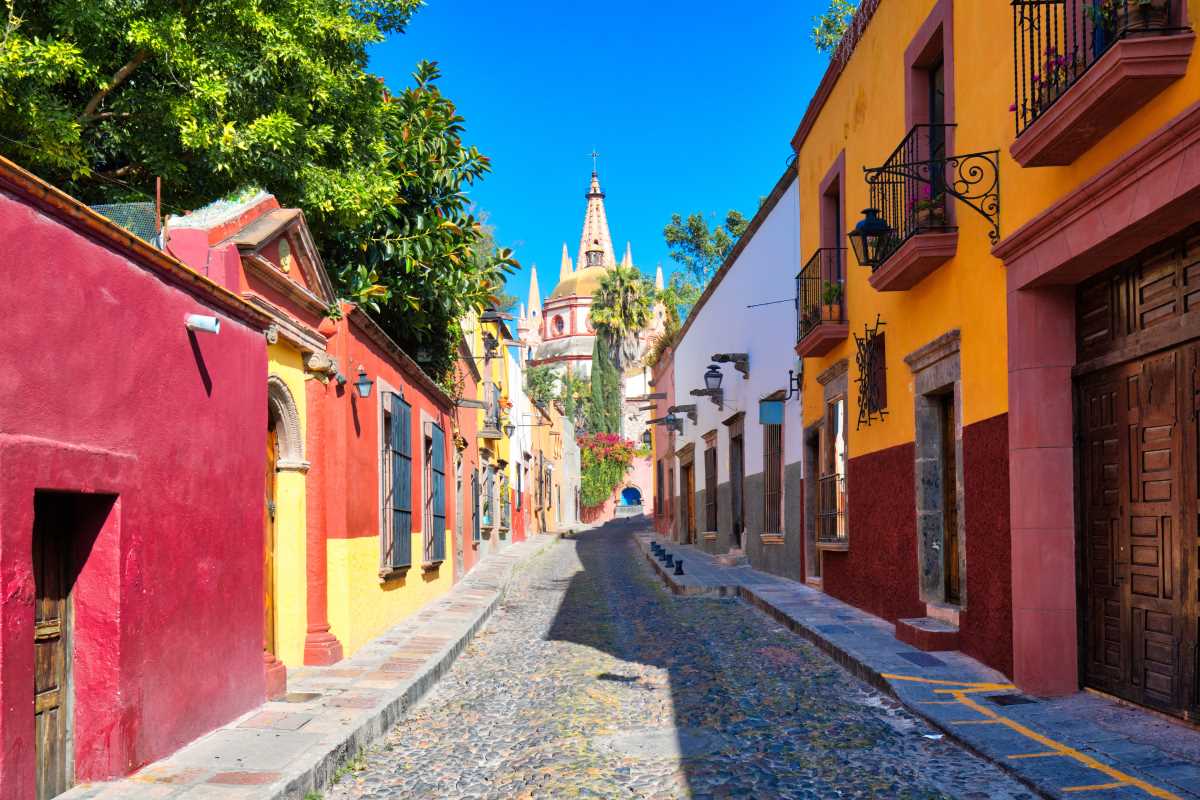Escape into the heart of South America's lush, vibrant rainforests, where an unforgettable hands-on experience awaits. Spend your days immersed in rich traditions and discover the diverse flora and fauna that call this region home. As you explore, you actively contribute to environmental preservation, making a real difference while enjoying your adventure. This experience offers a unique mix of excitement and responsibility, with each day presenting new challenges and insights into the natural world. By choosing this meaningful break, you not only rejuvenate your spirit but also support rural communities and help conserve an ecosystem crucial to our planet's health.
The idea of working among towering canopies, winding rivers, and the calls of exotic wildlife excites and inspires. Whatever your interests—whether you care about wildlife conservation, cultural exchange, or simply exploring new horizons—this immersive experience in the rainforest prepares you for life-changing encounters. With clear steps and real-life tips, you can turn a vacation into a journey that leaves lasting memories and a positive footprint.
Immersive Experiences in Rainforest Volunteering
South America offers some of the world's richest biodiversity, making it an ideal place to volunteer on conservation projects. The rainforests here are home to countless species of plants and animals, and they also serve as a reservoir for unique traditions and local wisdom. Working on projects in these lush environments lets you see firsthand the delicate balance of nature and the personal dedication needed to protect it.
In these expeditions, you learn about sustainable methods used by local communities. For instance, you might participate in reforestation efforts, track wildlife, or assist with community outreach programs to promote environmental awareness. The experience connects you with nature in surprising ways, while teaching practical skills that you can carry with you well beyond your break.
Top Types of volunteer expeditions
Several distinct types of hands-on experiences are available in the South American rainforests. Each expedition focuses on a specific aspect of conservation efforts and community involvement. Getting involved can mean collaborating with local experts or working in groups to ensure support and guidance.
The following bullet points highlight different kinds of projects you might consider:
- Wildlife Monitoring – Join initiatives that involve monitoring and protecting endangered species in their natural habitat.
- Reforestation Projects – Help plant trees and restore natural habitats, ensuring that the delicate ecosystem of the rainforest stays vibrant.
- Community Education Programs – Engage with local populations, sharing ecological practices and learning valuable cultural insights.
- Eco-Friendly Infrastructure – Assist in building sustainable facilities that respect natural landscapes while benefiting communities.
Each of these experiences provides hands-on exposure that enriches both your understanding and the preservation of our natural resources. The opportunity to see directly how every small effort contributes to a larger mission makes each day both challenging and rewarding.
These diverse experiences offer a blend sometimes resembling real classroom lessons, but instead of books, you learn from nature itself. The combination of physical activity and mental engagement makes each moment count, paving the way for growth and understanding that go beyond the ordinary.
How to Choose the Right Program
Finding the perfect program to match your interests and availability requires some research. While many options exist in South American rainforests, a clear decision-making process helps narrow down the choices. Investigating trusted organizations and hearing from others who have already participated ensures you select a program that aligns with your goals and schedule.
Follow these steps to find the best fit for your hands-on volunteering journey:
- Determine Your Interests – Think about whether you want to focus on wildlife conservation, environmental education, reforestation, or community-driven activities. Clarify what inspires you most.
- Evaluate Logistics – Consider factors such as location, duration, and physical demands of the program. Make sure the timing fits your break and that the challenges match your capabilities.
- Connect with Organizers – Reach out for detailed information about daily activities, accommodation, and support systems. Ask about safety measures and the training provided before starting your work in the field.
- Assess Impact – Look at how effectively the program contributes to long-term conservation and community welfare. Choose an organization that values sustainability and genuine engagement with nature.
This step-by-step approach helps ensure your choice is well-informed and tailored to your personal growth and passion for the environment. Taking the time to thoroughly research your options sets a strong foundation for a successful and meaningful experience.
Hearing from those who have actively participated can shed light on what to expect. Their firsthand stories often reveal surprising details that guide you toward the best program suited to your interests.
Preparing for Your Trip: What to Expect
Preparation is essential for a successful expedition. When planning your journey into the rainforest, create a checklist that covers all necessary items. Remember to pack practical clothing, waterproof gear, and essential safety equipment. Bringing your own reusable water bottle and eco-friendly supplies not only enhances your comfort but also supports the environmental goals of the expedition.
In conversations with program coordinators, they often recommend physical preparations. Some expeditions include hiking, working in humid conditions, and staying in rustic accommodations. Preparing yourself physically and mentally for these conditions helps set realistic expectations for daily tasks and responsibilities. Many programs also offer pre-trip orientations that cover survival tips and cultural etiquette, ensuring you enter the rainforest well-informed and ready for adventure.
Before leaving, learn some basic local phrases and familiarize yourself with local customs. This preparation fosters better communication with local experts and community members, paving the way for genuine interactions and smoother integration during your stay. Reviewing safety protocols can also boost your confidence, knowing you are prepared for unexpected circumstances.
Weather conditions in the rainforest can change rapidly, so adapting to this environment requires flexibility and a sense of adventure. A solid plan combined with local guidance will ensure that your experience remains safe and enriching, making every effort worthwhile in your conservation commitment.
Making the Most of Your Experience
Embrace each day in the rainforest by actively engaging with local guides, collaborating on creative solutions, and documenting your journey through photos or journal entries. These interactions and shared challenges foster a sense of community, strengthen your skills, and ensure every moment contributes to both personal growth and the project’s success.
Working in the rainforest deepens your experience and broadens your outlook. Small, meaningful actions can create lasting memories.
.jpg) (Image source: Midjourney)
(Image source: Midjourney) 





